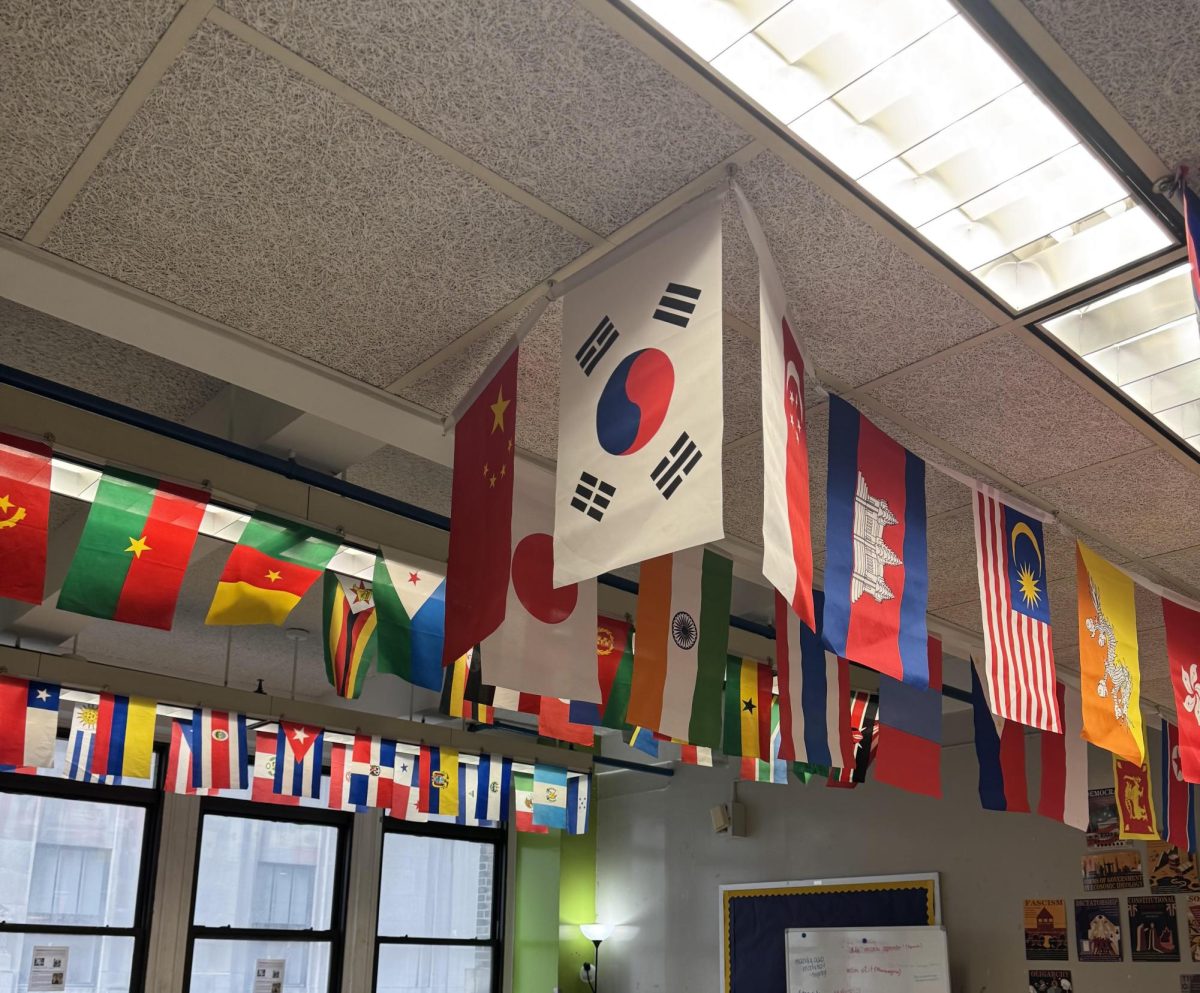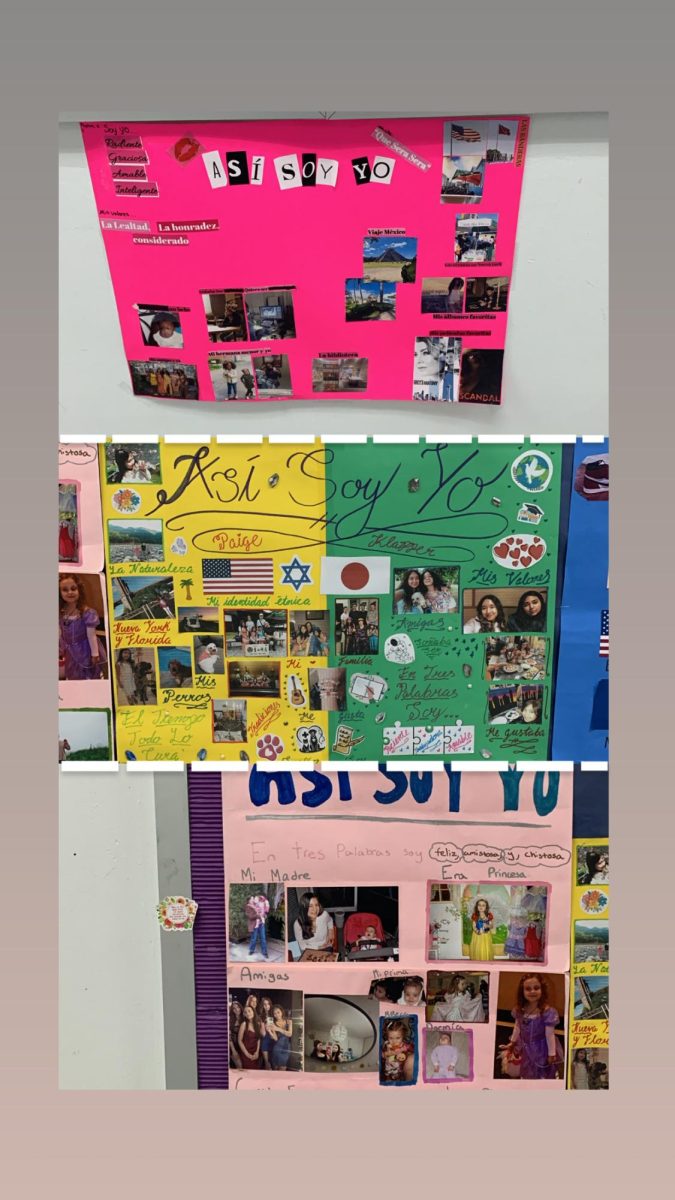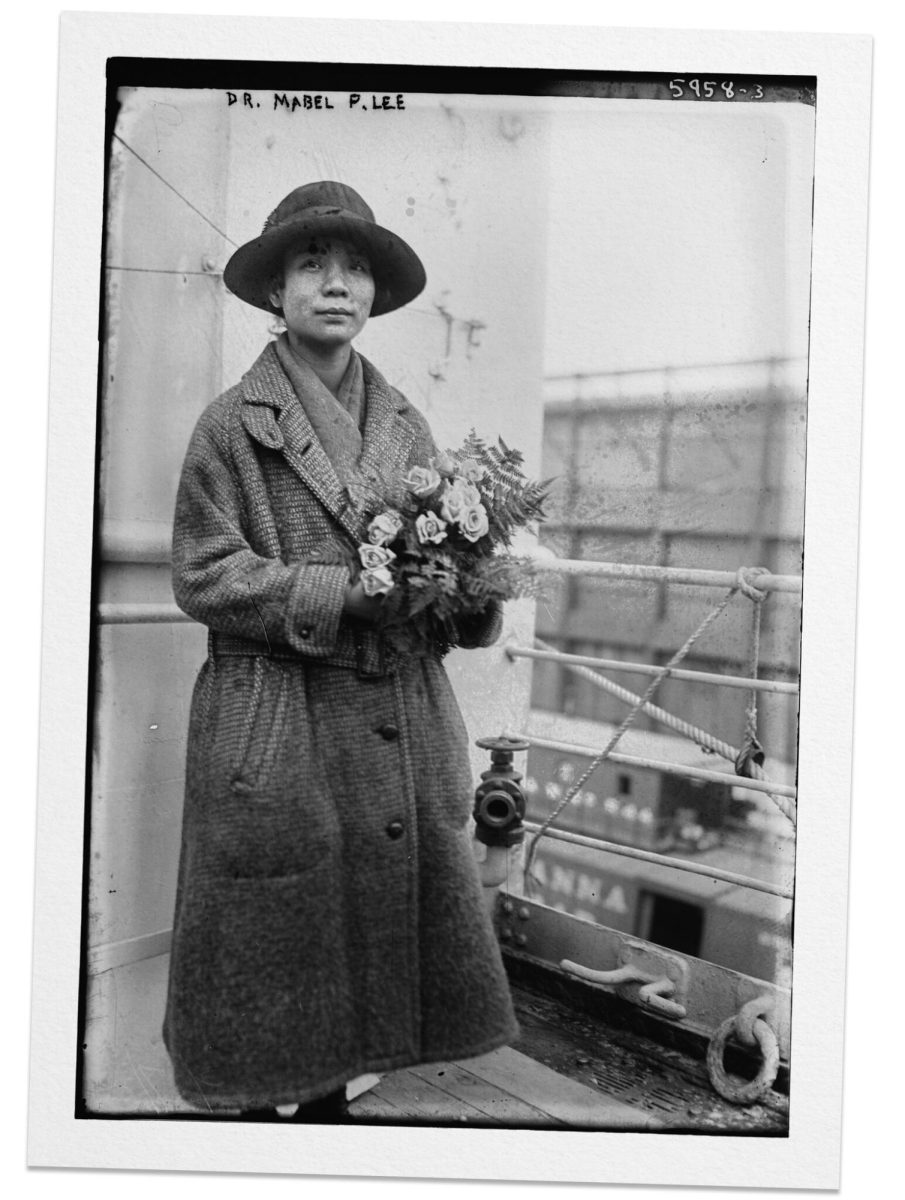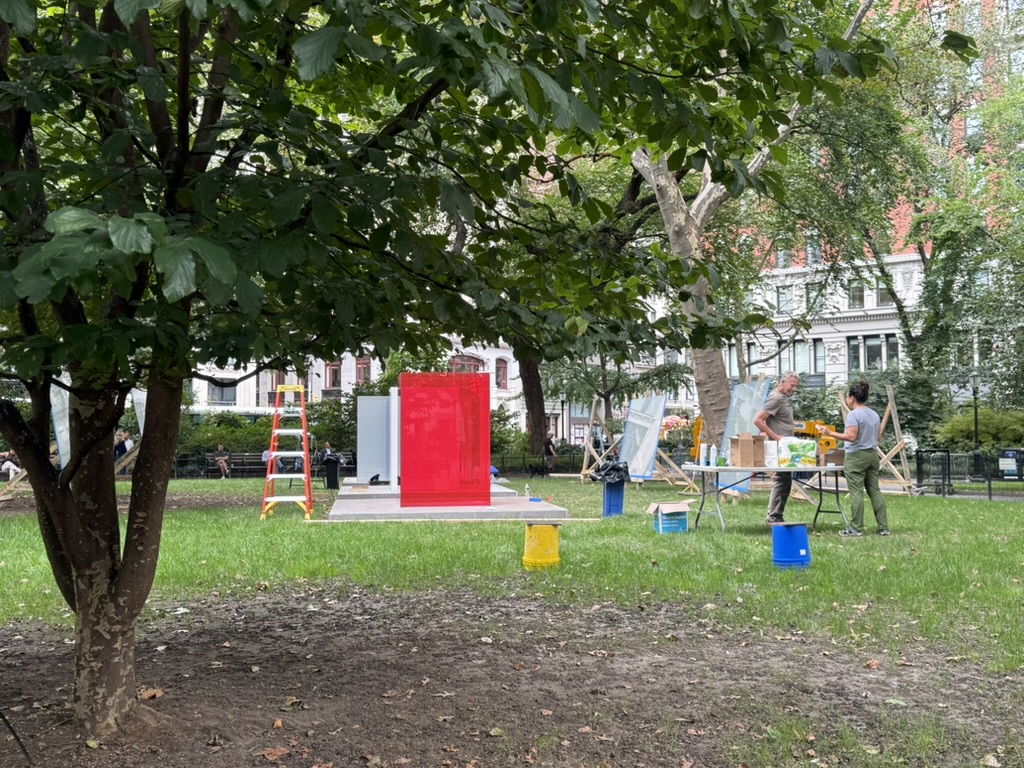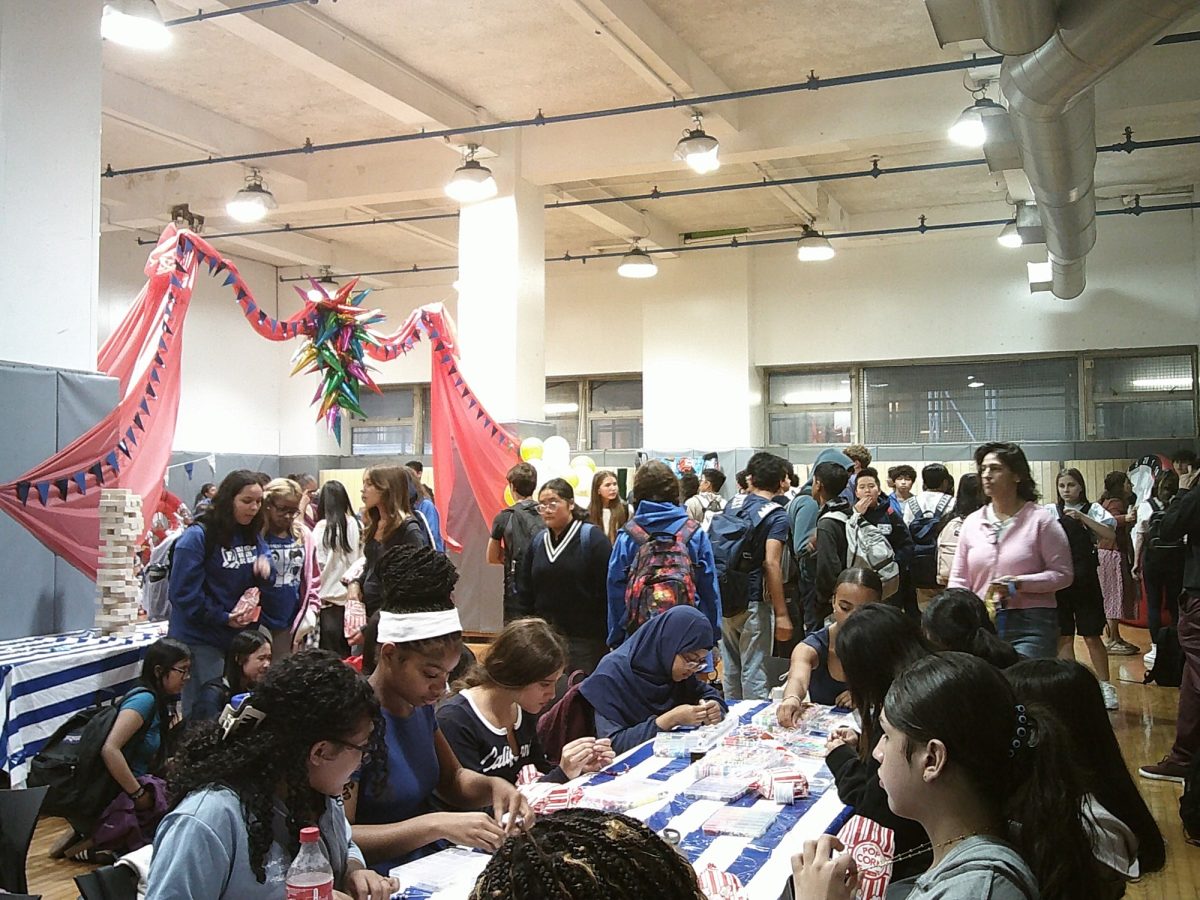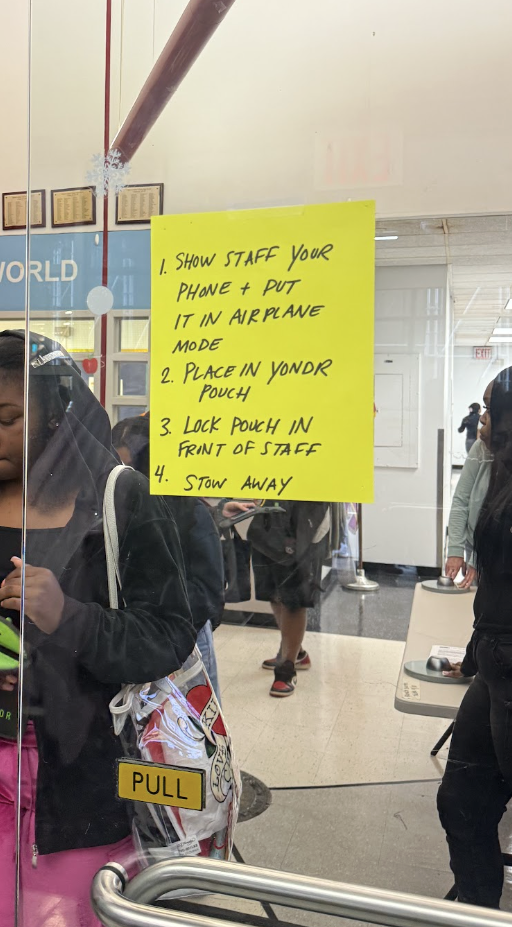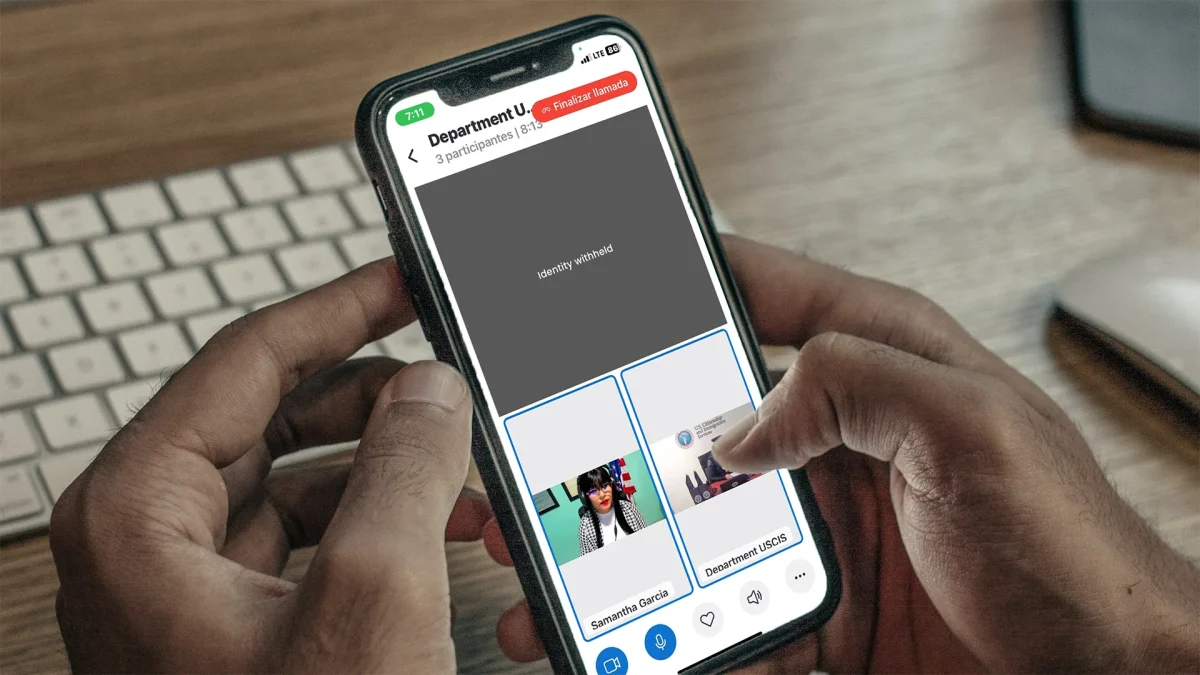Conversations on politics are amongst the most conversational, especially at the dinner table. However, tackling such topics thoughtfully and with accurate information can be a challenge. How should schools approach these discussions in a way that encourages understanding without promoting bias?
With such a diverse population among schools in New York, schools hope to have that diversity reflected in their education system. Teachers have to create a classroom environment where all opinions are heard and seen, all whilst staying neutral to allow kids to do the thinking themselves.
In light of events following the Israel-Palenstine conflict, Chancellor, David C. Banks cited official DOE policy on the matter in an email last year, “While on duty or in contact with students, all school personnel shall maintain a posture of complete neutrality concerning all candidates,” Banks wrote.
Former Chancellor Banks uses an interesting phrase: “…a posture of complete neutrality,” implying that although faculty may lean a certain way, it is their responsibility, while on duty, to act with respect not only for the candidates but also for the students. But what might this look like in a classroom?
Following the election results, the very same day, in an email to teachers, Chancellor Melissa Aviles-Ramos, wrote “First, I want to reassure you that we remain steadfast in our commitment to maintain safe and supportive environments for our students, staff, and families. That is our top priority and our first responsibility as a school system.”
She went on in the same email to clarify that “school personnel may not wear buttons, pins, articles of clothing, or any other items advocating a candidate, candidates, slate of candidates or political organization/committee,” Aviles-Ramos said.
Simply put, the role of faculty in classrooms is not to persuade or pressure students into a party but rather to ensure their safety and act as guides in navigating what can be polarizing conversations. In fact, it is not enough to discuss what occurred but what it may mean for students personally.
Ninth and 10th grade global literature teacher, Darius Lewis, said this when asked about the challenge presented by the current political climate and how he plans on navigating this in his class. “ I think that I wouldn’t want to be in an ideological bubble, meaning, I’m only hearing things that are reinforcing my opinion.”
Lewis thinks that these “bubbles” have created problems for the country, and he wants classrooms to help prevent those. “And I feel like what got us here with this election is that everybody, right and left were in their own bubbles, and no one talked to each other, and that’s how we got to this point,” he said.
This juxtaposition between living in ideological bubbles and fostering meaningful conversations raises an important question about the role of education in shaping student ability to think critically.
How can students and teachers alike move beyond surface-level discussions to truly grasp the complexities of political ideologies? For many educators, the answer lies in cultivating critical thinking skills, a point brought out by AP U.S. history teacher, John Jacobs.
Jacobs said this when asked about his opinion on whether or not the focus of political discussions should be on developing critical thinking skills or understanding specific political ideology. “You can’t have one without the other. You can’t understand political ideology if you can’t think critically of how it came to be,” he said.
This view of history suggests that the purpose of these kinds of discussions is to promote political comprehension for all students; history not only teaches facts, but helps students become well-versed in the “how” of historical progress. A large part of the reason discussions are had on politics is to prepare students to become well-informed individuals, and that starts in the classroom. Discussions should be approached by having access to a non-biased, open forum where students can express their opinions if they choose.
However, this is easier said than done; when asked about what challenges are presented Lewis said, “I would say that it can be more difficult than it might seem. Because I think it’s very important for teachers to be unbiased, but that thing can be tricky when things are so polarized and like radicalized, that at what point is you being neutral, also being complicit.”
When asked if there are specific strategies to avoid bias, Jacobs said, “The questions that you ask are the most important thing. You can’t ask questions that will lead people to answers…you have to have their answers come authentically without asking for specific ones.”
Teachers, like Jacobs, emphasize that critical thinking is necessary for a thorough comprehension of political thought. Educators should provide students with the tools they need to analyze how ideas have changed throughout time so they may create well-rounded viewpoints.
Establishing an environment where students feel free to express themselves, ask questions and participate critically is crucial to promoting objective political conversations in the classroom, and beyond.
And this strategy has proved to be successful, students do engage when given the forum to do so. Upon being asked about his experience Lewis said, “They tend to be really responsive you’re actually, asking questions that are, authentic, and where they really see the value and being asked the question, and it’s something that they’re wrestling with outside of school, or conflicts that they’re learning about, maybe online, but they want a more official way of getting this information, then they can really be super responsive and excited.”
Classroom environments that act as a safe space for students, allow them to explore nuanced ideas without the looming fear or judgment. When students feel that their opinions are valued and that the topics discussed are relevant to their lives, they are more likely to engage in a meaningful manner and share their sentiments.
Following the result of the election, advisors were instructed to discuss not only the result but rather their sentiments on the election, what they think, what they feel. These questions and others fosters a respectful atmosphere that lets students consider different points of views without feeling pressured to choose one they agree with.
Student safety and an inviting educational environment are always the top priorities, as previous Chancellor Aviles-Ramos reaffirmed.
The purpose of political discourse in the classroom is not to achieve agreement but to promote critical thinking, introspection, and the capacity to engage diplomatically with people of different backgrounds—an essential skill in a world becoming increasingly complex by the day.


